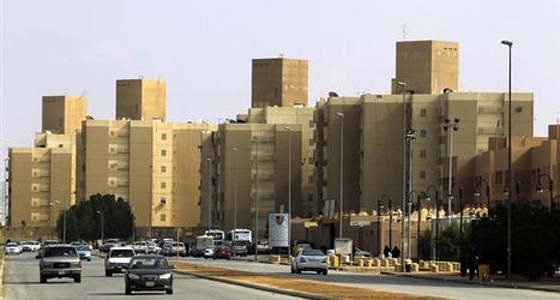Kuwait Financial Centre (Markaz) recently published the executive summary of its report on GCC residential real estate. The report examines the current and potential, demand and supply dynamics of the GCC residential real estate market. The report also sheds the light on the key challenges, constraints and pricing trends of the GCC residential real estate market.
Over the past decade, GCC region has witnessed rapid economic development and demographic changes. High economic growth of the region resulted in influx of expatriates which, in turn, increased the total population of the GCC. High population growth coupled with rise in per capita income fuelled the demand for residential units in the GCC.
Even though the onset of global financial crisis in 2008 plummeted the real estate activity in the GCC region, housing markets have rebounded to stable state due to efforts of governments. In fact, there is a shortfall of supply in major markets of GCC — Saudi Arabia, the UAE, Kuwait and Bahrain.
While housing market in Oman faces concerns of oversupply post financial crisis, Qatar is moving toward oversupply crisis with large addition of housing units.
Supply shortage and increasing demand for housing units is driving the house prices and rental rates in Saudi Arabia. New housing projects planned under social welfare schemes and introduction of mortgage finance by Saudi government will drive the growth of residential real estate market. Aggregate demand for housing units in Saudi Arabia is estimated to be 2.4 million units over 2010-2020.
Rebound in the UAE residential sector is the result of the government's efforts taken to stabilize the market and promote foreign investments.
Liberal laws of foreign freehold property ownership will continue to drive the demand for residential properties among expatriates in Dubai.
Kuwait residential market is characterized by undersupply of housing units and increasing demand for investment housing units due to influx of expatriates. Limited mortgage financing options and long waiting list for land allotment hindered the construction activity and widened demand-supply gap. Total housing demand in Kuwait is expected to reach 890,000 units in 2020.
Bahrain residential property market showed signs of stabilization in 2012, after witnessing decline in rental rates for a period of two years. Low mortgage rates stimulated a surge in demand for housing units. Political unrest in the Bahrain has triggered the shift of focus from high-end villa and apartment developments to the affordable social housing units.
Qatar residential market performed well in the year 2012. The strong economic conditions in the country and continuous improvement in the standard of living in the state contributed to the increasing demand in the residential sector. The waiting list for housing loans has been cleared in Qatar by infusion of capital. Increase in expatriate population due to major infrastructure projects and preparations planned for upcoming FIFA 2022 World Cup will increase demand for residential rental properties in the coming years.
Residential real estate market in Oman suffers from excessive supply that entered market in the aftermath of highs of 2008. A total of $107 million is infused into the housing funds in 2012 and the corpus fund for housing raised to $260 million will increase the demand for housing units in Oman. Large infrastructure projects planned as part of the Eighth Development Plan would bring in large number of expatriates into the country and thus increase demand for residential units.
Increasing land prices, lack of construction finance and availability of land remain key constraints in supply of housing units across the GCC. Pent up demand caused by exceptionally long waiting list for social housing in the region is widening demand-supply gap in housing market.
Arab News
14 September























































